SUPERCHARGE YOUR ONLINE VISIBILITY! CONTACT US AND LET’S ACHIEVE EXCELLENCE TOGETHER!
In the ever-evolving landscape of digital marketing, traffic acquisition stands as a cornerstone of success for any SEO campaign. Whether it’s organic traffic derived from search engines or direct traffic from referrals, the quest to attract quality visitors to your website remains a perennial challenge for SEO professionals. In this dynamic environment, where competition is fierce and algorithms are constantly changing, devising an effective traffic acquisition strategy is paramount to achieving your campaign objectives.
At its core, traffic acquisition is about more than just increasing the number of visitors to your website. It’s about attracting the right audience—individuals who are genuinely interested in your products or services and are likely to engage with your content, convert into leads, and ultimately become loyal customers. This requires a strategic approach that goes beyond simply ranking for keywords or generating clicks.
The key to a successful traffic acquisition strategy lies in understanding your target audience and tailoring your efforts to meet their needs and preferences. This involves conducting thorough market research to identify your ideal customer personas, including their demographics, interests, pain points, and online behaviors. Armed with this knowledge, you can then develop compelling content and messaging that resonates with your audience and drives them to take action.
Furthermore, a robust traffic acquisition strategy encompasses a variety of tactics and channels, each designed to reach and engage with your target audience at different stages of their buyer’s journey. This may include search engine optimization (SEO) to improve your website’s visibility in organic search results, content marketing to provide value and build trust with your audience, social media marketing to amplify your reach and foster community engagement, email marketing to nurture leads and drive conversions, and paid advertising to supplement your organic efforts and target specific audience segments.
In addition to diversifying your marketing channels, it’s also important to optimize your website and content for maximum visibility and conversion potential. This includes optimizing your website’s structure and navigation to improve user experience, optimizing your content for relevant keywords to attract organic search traffic, optimizing your landing pages for conversion to maximize the impact of your traffic acquisition efforts, and implementing tracking and analytics to measure the success of your campaigns and make data-driven decisions.
Ultimately, a successful traffic acquisition strategy requires a combination of creativity, analysis, and continuous optimization. By understanding your audience, leveraging the right channels and tactics, and constantly monitoring and refining your approach, you can attract high-quality traffic to your website, increase engagement and conversions, and ultimately drive business growth.
In the following sections, we will delve deeper into the specific components of an effective traffic acquisition strategy and provide actionable insights and best practices to help you maximize the impact of your SEO campaign. From keyword research and content creation to link building and conversion optimization, we will cover the essential elements you need to consider to attract and retain quality traffic for your website. So, buckle up and get ready to take your traffic acquisition efforts to the next level!
Come what may, be it is organic or direct traffic SEOs has a long-standing nightmare (traffic acquisition) on how to acquire good and quality traffic for their SEO campaign. In a nutshell, we will cover the plan of action you should consider while performing your SEO campaign.
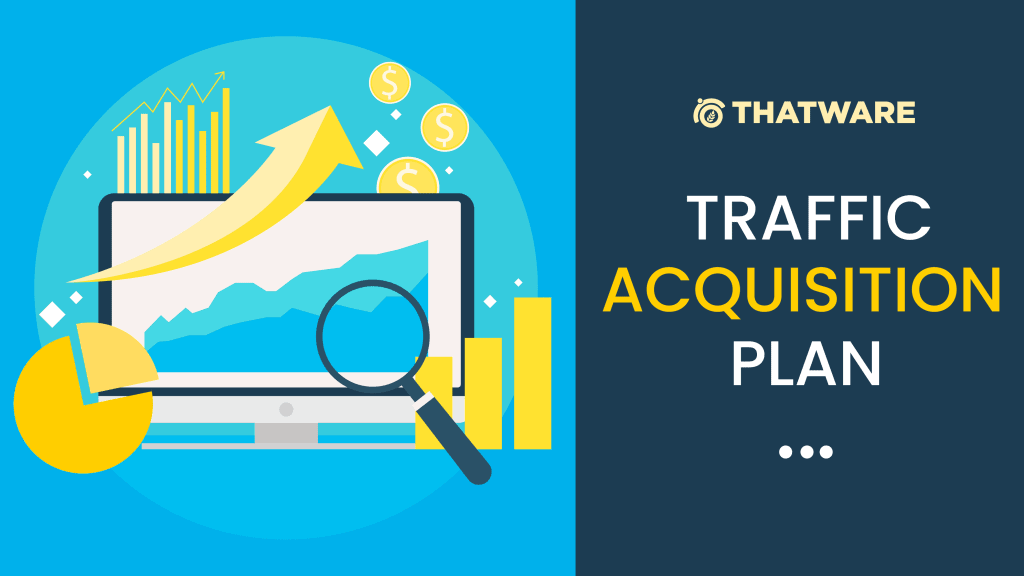
First of all, you need to know about some of the factors for traffic acquisition. Here they are:
Traffic Factors to Monitor
Traffic by Source
Unique Visitors
Domain Authority, and Search Rankings
Bounce Rate
Average Session Duration
Dwell Time
Interactions Per Visit
Conversions to contacts
Conversions to customers
Landing page performance
Plan of Action
Based on thorough research you need to concentrate on technical SEO tasks with other additional link acquisition activities.
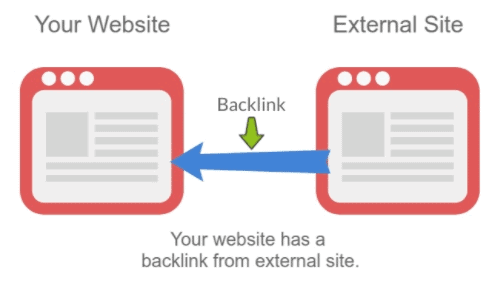
Link Intersect
Primarily, Google has proven that backlinks are one of the most important ranking factors it uses to rank your webpage on its search engine. Backlinks are extremely important and everybody needs them.
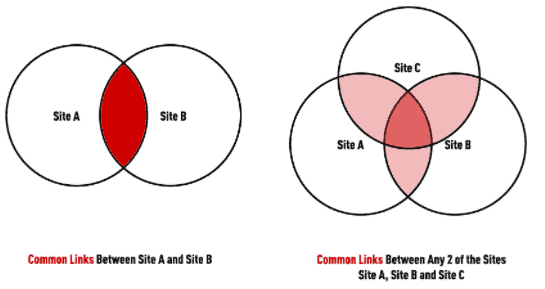
Building backlinks from link intersect targets is one of the oldest link-building strategies in the SEO industry. The technique itself is really simple and is already available from some backlink tools like MOZ and ahrefs.
Profile Creation
Basically, you should keep posting on new profiles to maintain brand recognition for your campaign and also to enhance the traffic.

Guestographics
Contributing infographics to guest posting sites. And it’s an extremely effective advanced link-building strategy that we will be considering for SEO link acquisition.

Reddit Submission
By increasing post and link karma scores, we can acquire great authoritative backlinks for the SEO campaign.
Obviously, also by doing community sharing, we can have a good link profile on Reddit.
We can do it in two ways.
•Link Post
•Text Post
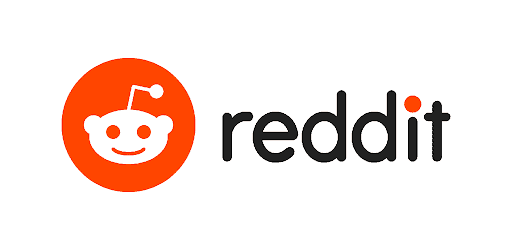
Article/Blog Site Submission & Promotion
You need to post on high DA Web 2.0 sites to build more dofollow links for your backlinks campaign and in this way, we can acquire more link juice for your backlink campaign and to improve traffic.

Sidenote: Produce as much content as you can.
Release Infographic
You need to post on a high DA infographic site after developing a good and lengthy infographic for your site. It drives more traffic if done correctly and submitted.

Tactical Competitive Auditing
It’s possible that your competitors are targeting keywords that you’ve never discovered. In short, you may not find those keywords when you use the Google AdWords Keyword Planner. Or any other keyword research tool out in the SEO industry.
You need to incorporate the by targeting competitor’s business-driven keywords and should start working on the same.
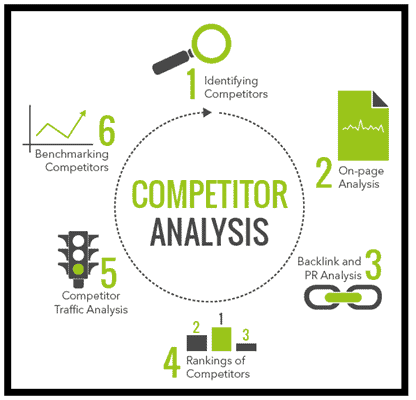
Alexa & Google Trends Utilize These Sites to Gather Info
Alexa can give you some insights on your competitor’s traffic source where you can implement this on your keyword strategy.

On the other hand, Google Trends is the tool where you can discover the untapped keyword and topic opportunities in terms of your niche industry.
Long-Tail Keyword Variation To Try
If you want to drive long-term organic traffic, you’ve got to target long-tail key phrases. The long-tail keyword strategy is actually a trending SEO best practice.
LSI (Latent Semantic Indexing) Inclusion
To minimize your chances of getting penalized for stuffing keywords and manipulating search engines through long-tail keywords, use LSI (Latent Semantic Indexing).
Traffic Acquisition for SEO Campaigns
Defining Traffic Acquisition in SEO
Traffic acquisition refers to the process of attracting visitors to a website. In the context of SEO (Search Engine Optimization), it involves using strategies and techniques to drive traffic from search engines like Google, Bing, and Yahoo. SEO focuses on making your website visible and accessible to search engine users by optimizing your site’s content, structure, and performance.
In an SEO campaign, traffic acquisition isn’t just about increasing website visits—it’s about attracting the right type of traffic, those users who are most likely to engage with your content, purchase your products, or contact you for services. SEO plays a key role in traffic acquisition because it enhances a website’s visibility on search engines, making it easier for users to find the site when they search for relevant keywords or queries.
How Search Engines Play a Role in Traffic Acquisition
Search engines like Google are vital players in the traffic acquisition process. When a user performs a search, the search engine analyzes billions of web pages and returns the most relevant results based on several factors, including keyword relevance, content quality, user experience, and backlinks. A higher ranking in search engine results pages (SERPs) means more visibility and an increased likelihood that users will click through to your site, generating organic traffic.
Search engines employ complex algorithms to determine which websites should appear at the top of the results. SEO strategies aim to align with these algorithms by optimizing on-page and off-page elements like content, keywords, site speed, and backlinks. When your website ranks highly for relevant keywords, it’s more likely to appear in the top search results, driving organic traffic to your site.
Additionally, search engines play a key role in discovery. They help potential customers find your website when they are actively searching for solutions, products, or services that your website offers. This active intent means that traffic acquired through search engines tends to be more qualified and ready to convert, which can lead to higher conversion rates and a stronger return on investment (ROI).
Different Types of Traffic: Organic, Direct, Referral, and Social Traffic
Traffic can be divided into several categories, each with its own role in driving visitors to a website. These categories include organic, direct, referral, and social traffic:
- Organic Traffic
Organic traffic is the traffic generated through unpaid search engine results. It’s the result of search engine optimization efforts that ensure your website ranks for relevant keywords. Organic traffic is considered high-quality because it typically consists of users who are actively searching for your content, products, or services. It’s more sustainable and cost-effective compared to paid ads, as it relies on long-term SEO tactics rather than immediate expenditure. - Direct Traffic
Direct traffic occurs when users visit your website directly, typically by typing your domain name into their browser or clicking a bookmark. This type of traffic indicates brand recognition and trust, as users know and deliberately seek out your website without relying on search engines or referrals from other sites. Direct traffic often represents a loyal customer base. - Referral Traffic
Referral traffic comes from other websites that link to your site. When another site mentions or links to your content, users who click on the link are directed to your website. Referral traffic is valuable because it often indicates that other websites deem your content valuable or authoritative enough to share. These visitors are typically qualified and come from trusted sources, which can lead to better engagement and higher conversion rates. - Social Traffic
Social traffic is generated through social media platforms such as Facebook, Instagram, Twitter, LinkedIn, or Pinterest. Users click on links shared on these platforms, driving traffic back to your website. Social traffic can be organic or through paid campaigns, and it can be a great way to reach new audiences, build brand awareness, and increase engagement. The key advantage of social traffic is its ability to foster community building and drive viral growth if the content resonates with users.
Each type of traffic serves a different purpose, and an effective traffic acquisition strategy should aim to attract a healthy mix of these traffic sources to ensure sustainable and diverse growth.
The Importance of Traffic Acquisition
Effective traffic acquisition strategies are crucial to the growth and success of any business. With the right approach, SEO can drive targeted, high-quality traffic that results in measurable business outcomes. Here’s why traffic acquisition is so important:
- Driving Business Growth
Without traffic, your website has no audience. The more traffic you can generate, the more opportunities you have to convert visitors into customers. By focusing on acquiring high-quality traffic, you can significantly increase your business’s visibility, brand awareness, and customer acquisition potential. This helps fuel overall business growth, as more visitors lead to higher sales or lead generation, depending on your goals. - Correlation Between Traffic and Conversions
Simply attracting visitors isn’t enough. The traffic you acquire needs to be relevant and high-quality to convert. Traffic acquisition strategies that target users with specific needs or intents, such as those using long-tail keywords, will likely result in a higher conversion rate. Understanding the link between traffic volume and conversions allows businesses to optimize their traffic sources and funnels, ensuring that the traffic generated results in actual revenue or leads.
For example, targeting users who are searching for specific product features or solutions (rather than general terms) leads to more qualified traffic that’s more likely to make a purchase or inquire about services. - Improving Website Authority and Ranking
High-quality traffic not only helps in conversions but also plays a crucial role in SEO. When more users visit your website and spend time engaging with your content, it signals to search engines that your site is authoritative and relevant. This improves your website’s ranking in search results. Additionally, if users share your content or link back to your site (via social media or referral traffic), this builds backlinks, further boosting your website’s authority and SEO standing.
How SEO Fits into the Traffic Acquisition Funnel
The concept of the traffic acquisition funnel is essential in understanding how SEO fits into a larger digital marketing strategy. The customer journey can be broken down into several stages: awareness, consideration, and decision. SEO plays a critical role at each of these stages.
- Awareness: At the top of the funnel, potential customers are searching for information, solutions, or answers to their questions. SEO helps attract these users through targeted content creation, keyword optimization, and site visibility in search results. By ranking for relevant search terms, SEO ensures your website is discoverable to users who may not yet know about your brand.
- Consideration: As users move further down the funnel, they start evaluating options and comparing products or services. SEO strategies like content marketing, optimizing for featured snippets, and creating authoritative content help users find solutions to their specific needs. This phase is crucial for building trust and positioning your brand as an expert in your field.
- Decision: In the final stage of the funnel, users are ready to make a purchase or commit to a service. SEO plays a role here by optimizing conversion-focused elements like landing pages, CTAs, and product descriptions. The goal is to ensure that the website visitors who land on your site have a seamless and optimized experience, making it easy for them to convert.
Understanding Long-Tail Keywords
Long-tail keywords are essentially longer, more specific phrases that users are likely to type into search engines when conducting highly targeted searches. Unlike short-tail keywords, which are broad and generic, long-tail keywords typically consist of three or more words and are often more descriptive in nature. For example, while a short-tail keyword like “shoes” may attract a wide range of searchers, a long-tail keyword like “black leather shoes for men” is likely to attract users who are specifically looking for that type of product.
The Benefits of Long-Tail Keyword Strategy
The use of long-tail keywords offers several key benefits for digital marketers looking to improve their SEO efforts:
- Less Competition: Long-tail keywords tend to have lower search volumes and less competition compared to short-tail keywords. This means that it may be easier to rank for long-tail keywords and attract organic traffic to your website.
- Higher Conversion Rates: Because long-tail keywords are more specific, they often attract users who are further along in the buying process and have a clearer intent. This can result in higher conversion rates and a greater return on investment for your SEO efforts.
- Improved Relevance: Long-tail keywords allow you to target niche topics and address specific pain points or needs of your target audience. By providing highly relevant content that matches the user’s query, you can improve the overall user experience and build trust and authority in your industry.
Embracing User-Generated Content
User-generated content (UGC) refers to any content created by your customers or followers, such as reviews, testimonials, photos, and videos. Leveraging UGC as part of your traffic acquisition strategy can help build trust and credibility with your audience, as it provides social proof of your products or services. Encourage your customers to share their experiences with your brand by offering incentives, running contests or giveaways, or simply asking for their feedback. By showcasing UGC on your website and social media channels, you can create a sense of community around your brand and inspire others to engage with your content and visit your website.
Conclusion: Driving Success with a Comprehensive Traffic Acquisition Strategy
In today’s competitive digital landscape, a comprehensive traffic acquisition strategy is essential for driving success and achieving your business goals. By leveraging a combination of SEO, content marketing, social media, influencer marketing, video marketing, and user-generated content, you can attract high-quality traffic to your website, increase engagement and conversions, and ultimately drive business growth. Remember to continuously monitor and optimize your strategy based on data and insights, and stay abreast of emerging trends and best practices in the ever-evolving world of digital marketing. With the right approach and a commitment to innovation and excellence, you can position your brand for long-term success and stand out in a crowded marketplace.

